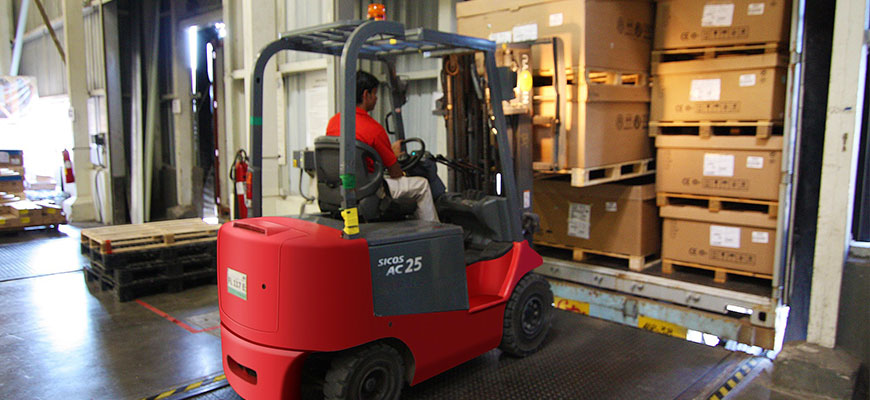
Creating your own Rocket Industrial personal account has many benefits:

Effective packaging needs to protect the product while being cost effective. A simple statement, but often a complex and confusing process for many companies. Having full visibility of the distribution environment by tracing your product’s journey from production to consumption is crucial during packaging design. Knowing the exact conditions that the package will experience along the way will assist in determining the key components of the design and materials used.
The ideal packaging design can withstand the worst-case distribution environment with minimal damage. It’s important to be aware the effect that the most common distribution hazards have on your packaging.
Handling – It’s inevitable that your package will be handled by both people and machines. Rough handling can happen from either source, such as a carton falling off of a forklift or a delivery person dropping a box onto the concrete.
Stacking – Crushed and collapsed cartons can happen during storage and shipment. Boxes can be stacked too high in a warehouse leading to crushed products or broken boxes from tipping over. The tight stacking in trucks combined with impacts during transportation can cause compression that can actually reach up to hundreds of pounds of downward pressure per square foot on the bottom tier of boxes.
Vibration –During transportation, the vibrations from vehicles can be especially hazardous on improperly packaged glass, metal, and plastic components. Boxes often end up shifting and rubbing against each other, which can also lead to tears in the packaging.
Temperature & Humidity – Environmental factors also need to be considered during distribution. Temperature and humidity conditions can affect products and packaging materials in normal chains, but a bigger concern is for temperature sensitive products, such as food and pharmaceuticals, that have special requirements that need to be observed. Proper protection materials must be utilized and requirements clearly stated.
Many products are under-packaged or improperly packaged leading to high damage complaints and product waste, but on the other hand, assuring your product is 100% protected during distribution should never mean having excess packaging. By approaching packaging design with distribution in mind, packaging engineers will able to find the sweet spot of reduced material usage without compromising integrity. The packaging can then be designed to meet the demands of your mapped out supply chain.
Companies are starting to put a strong focus on their sustainability efforts and that often starts with the way products are packaged. In fact, Walmart has its own Sustainable Packaging Playbook, which focuses on optimizing packaging design to help keep costs low while sourcing environmentally friendly packaging materials. Using less materials and reducing your carbon footprint is possible with new packaging innovations and biodegradable solutions.
You can calculate and analyze the various issues your packaging may face, but doing simulated packaging testing is necessary to make the final decision. Testing also sheds light on opportunities for other improvements and provides validation that your packaging is optimized.
Our Packlytics Packaging Test Lab offers a variety of testing capabilities and uses quantitative data to provide you the best recommendations for protection and costs savings.
To learn more about designing for distribution, packaging engineering, and packaging testing, contact our packaging engineers.